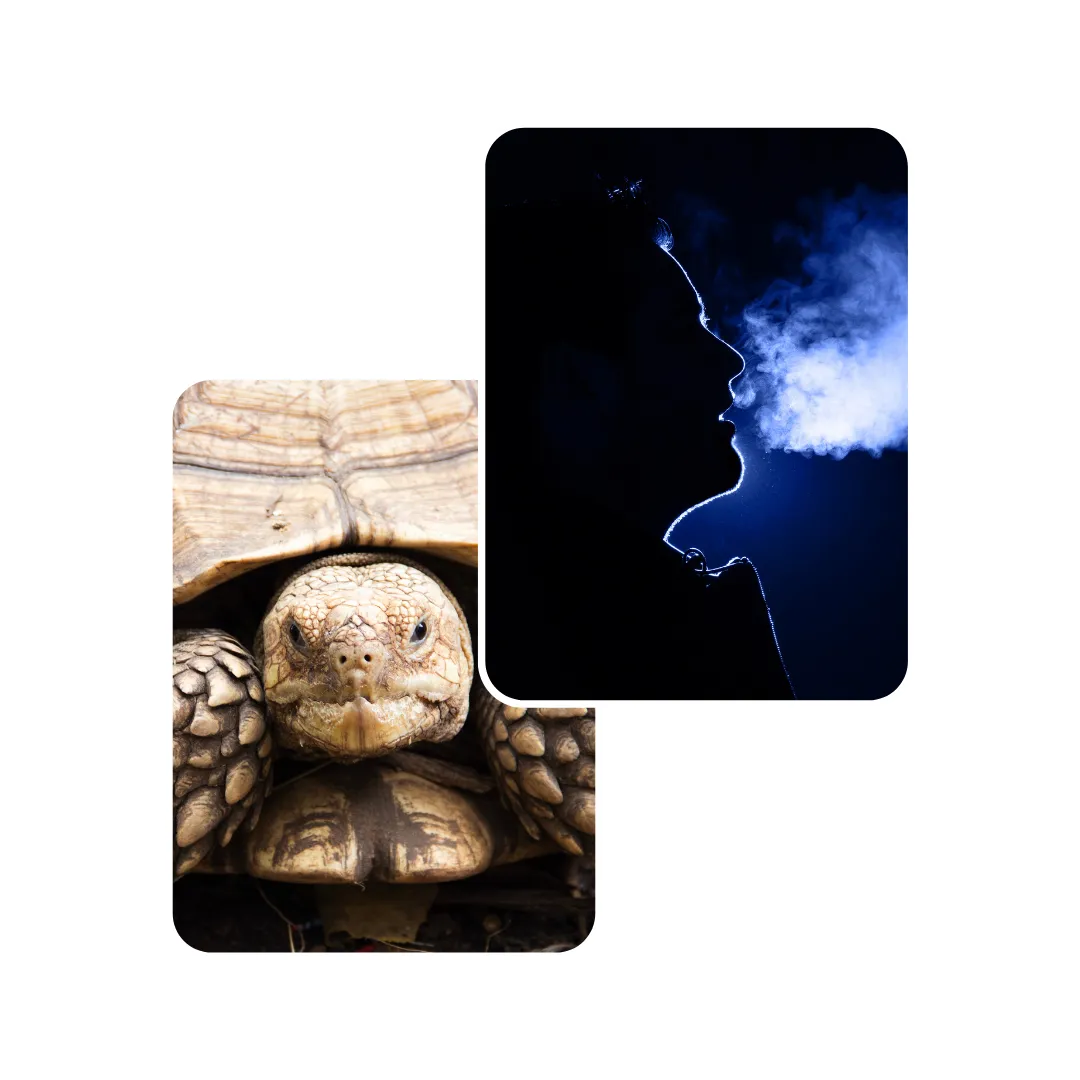

Bubbly, thin, or thick mucus streaming from the nostrils (nares)—the most classic symptom of URTD.
Never. Tortoises require highly specific, long-course antibiotics to penetrate the deep tissues of the lungs. The wrong medication will only create resistance and delay fatal progression.
A tortoise is cold-blooded; its immune system literally shuts down if the temperature is too low. Respiratory disease cannot be cured without proper, stable heat.
Some are. Contagious agents like Mycoplasma require strict quarantine protocols to protect other tortoises in your collection. Isolate the sick animal immediately.
No! Soaking a sick tortoise risks chilling it and worsening the pneumonia. Keep it in a warm, dry environment during active treatment.
Often much longer than in mammals. Antibiotic courses for tortoises typically last 4 to 8 weeks to ensure the entire deep-seated infection is eliminated.
Your pet deserves expert care – Subscribe now for trusted tips and updates from our pet experts.
